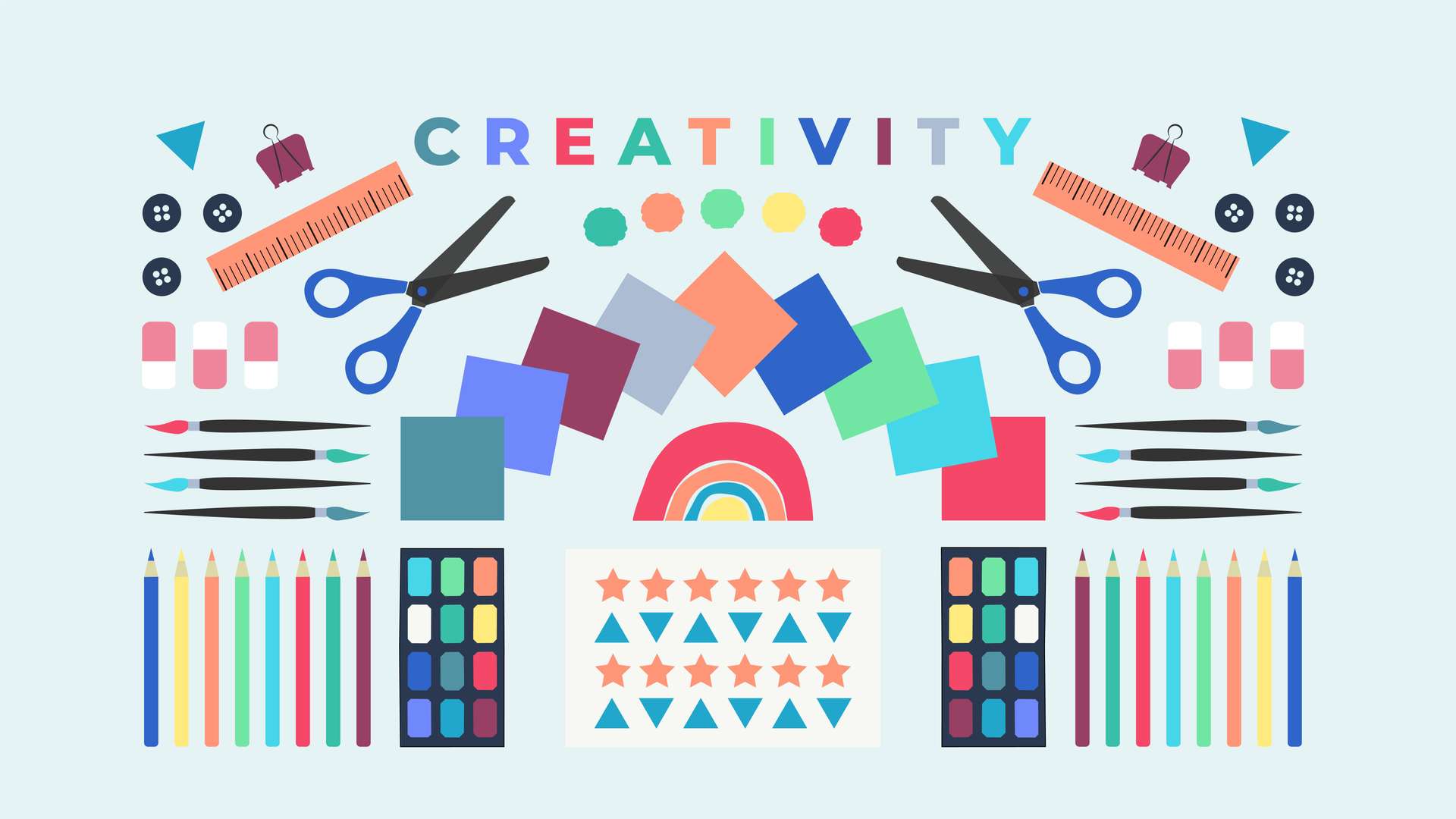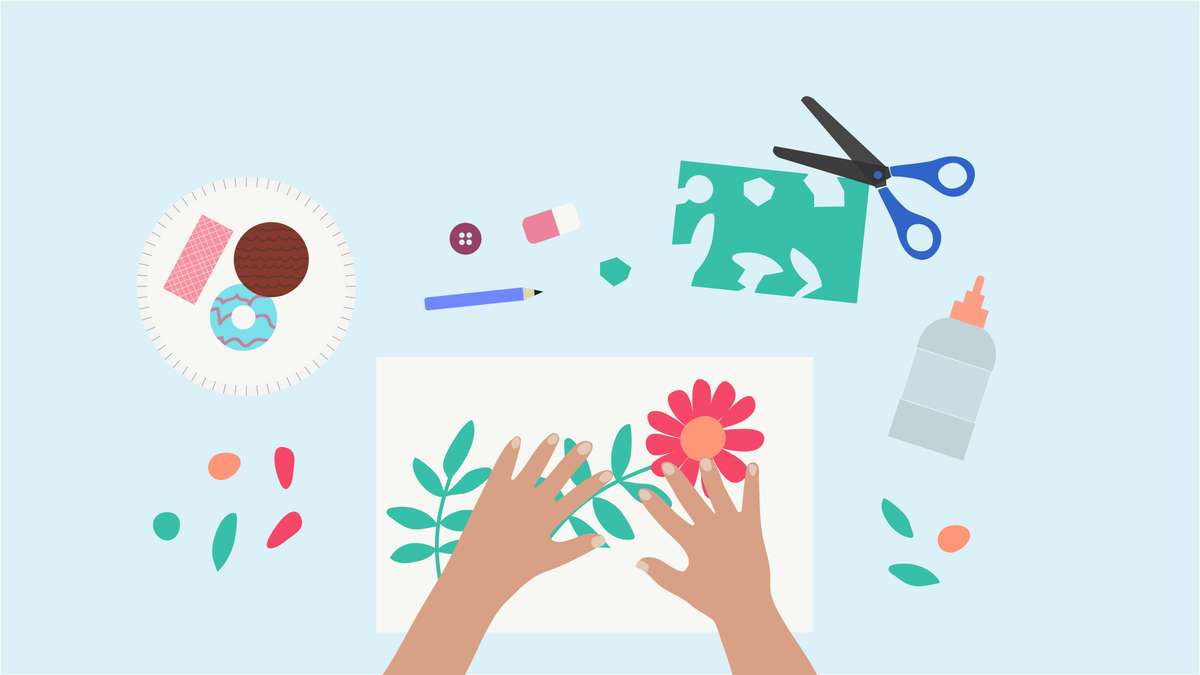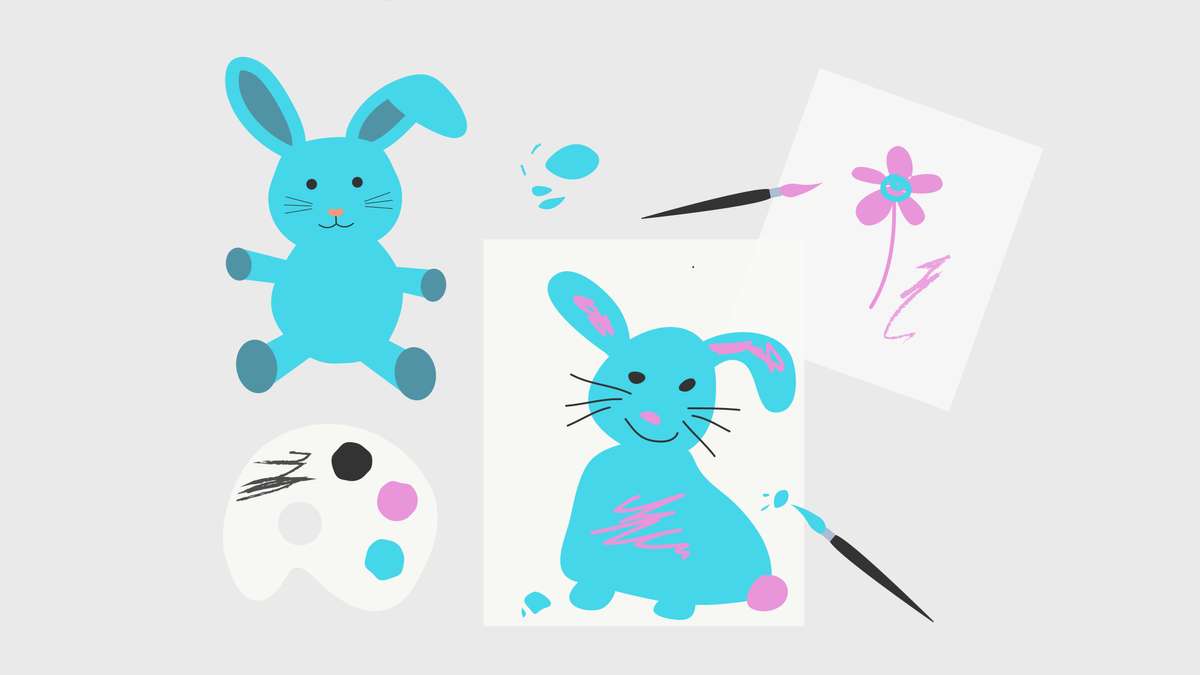Request a brochure
To request your brochure, simply fill in the form below and we will email it directly to you...
The importance of Arts and Crafts for Kids

Arts and crafts are not only a wonderful way to distract your child and keep them entertained for at least a few minutes, it is scientifically proven to be beneficial for childhood development.
Encouraging children to hone their artistic inclinations will have a positive effect on their physical, social, emotional, and cognitive skills. According to the International Child Art Foundation, “Research indicates that a child who is exposed to the arts acquires a special ability to think creatively, be original, discover, innovate, and create intellectual property—key attributes for individual success and social prosperity in the twenty-first century.”

Physical Development
When a child begins to use creative tools, they can develop their hand-eye coordination and fine motor control. Fine motor skills help a child to develop their ability to write, turn book pages, use scissors, cut shapes, draw shapes and much more. Essentially, arts and crafts help your child to learn how to control different materials and their own coordination.
Social Development
Arts and crafts in a social or group setting can also help to build strong social skills. They will learn how to tidy away materials, share resources with other children, and incorporate a sense of teamwork and interaction. Learning social skills from a young age is proven to be incredibly beneficial for all future endeavours through education into adult life.
Arts and crafts help children to build communication skills visually. When a child draws, they are able to express how they feel or what they are thinking about.
Cognitive Development
Through active experimentation, children can invent new ways to create. Art is freeing for children as they can’t do it wrong, they can find happy accidents and learn from them. Experimentation with an array of artistic mediums allows children to explore ideas and build problem solving skills. When deciding upon which items they should use, or assessing how to get the result they want (like mixing primary colours to make a specific secondary colour), children's mind’s start to ask “how” and “why.”
Emotional Development
Often art is a manifestation of expression that children cannot verbalise. Children’s artworks are usually out of proportion or exaggerate certain characteristics. This is not necessarily due to lack of eye-hand-coordination but is their way of pointing out exactly what is important to them. The process of creating art allows children to explore their thoughts and feelings in a visual manner. Art develops children’s control over how they express themselves and therefore helps them to understand themselves. This then promotes positive mental health and coping mechanisms from a young age. Through creating positive relationships with the things that make them unique and the things that they accomplish, children start to build positive self-concept. Ensuring that the way you react to a child’s artwork is positive, even if it is not a cookie cutter masterpiece, will make their experiences with art to be meaningful and beneficial for such self-growth. When children feel their artwork is valued, they themselves feel valued.
Ways to promote creativity in children for maximum benefit:
According to Michigan State University, pointing out techniques your child is using and imitating their artwork are much more positive ways to encourage them to be motivated and explore their creativity on their own. When you ask questions like ‘what is that?’ or draw something different to them when creating art together, they become disheartened and focus on how much better your work is, or how their work may not be good enough.
This university study also promotes providing your child with lots of options. Allowing children to choose their own materials, tools, and colours is, again, an excellent way to empower your child to use and develop their imagination. Don't be the leader, let them take the lead. Children generally feel activities are more fun when they feel as though it was their idea. Dictating what a child should and should not do when it comes to art just stilts creativity and enjoyment.
Finally, let the creative process flow. It doesn’t matter what the end product turns out to be. Your child will get more benefit from experimentation and play than a structured activity with a specific result in mind. The reason for this is that the child may start to feel as though their artwork is something they must make in a way that pleases you. The process and creativity are what should be encouraged and focused on.

With all those benefits in mind, what is stopping you from getting your felt tip pens and PVA glue out? Arts and Crafts are fun and have so many benefits no matter what age you are! As a creative agency, we know better than anyone how grown adults can love to experiment and create too! After all we are the professional 'colour-inners'. So this Summer Holiday, why not get involved and get creative with your kids?